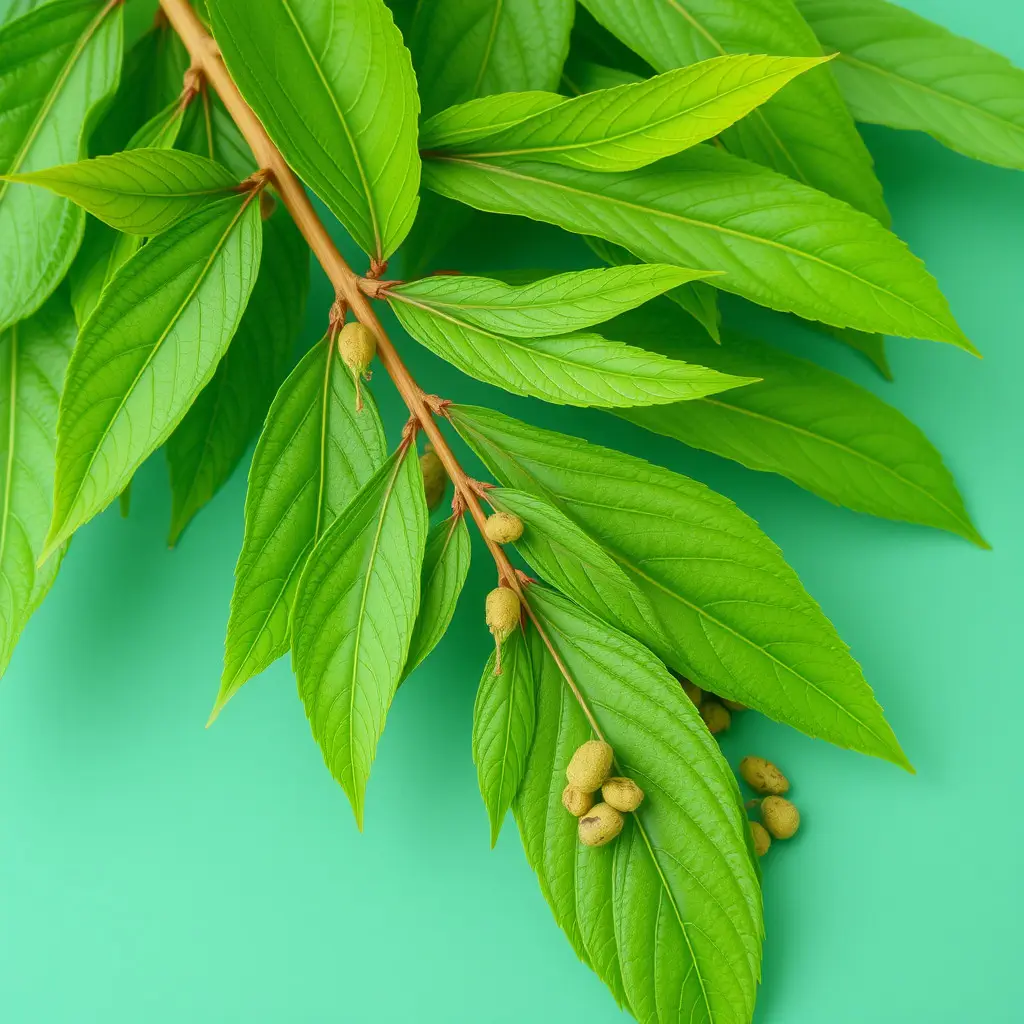Chronic pain and inflammation are interconnected, causing significant quality of life diminishment. Kratom, derived from Mitragyna speciosa leaves, offers a promising natural solution for chronic pain management due to its unique chemical composition, including mitragynine and 7-hydroxymitragynine, which interact with opioid receptors and modulate pain perception. Early studies suggest kratom could be an attractive alternative or adjunctive therapy for chronic inflammatory conditions, providing holistic relief alongside physical and cognitive therapies.
Chronic pain and inflammation are prevalent issues, impacting millions globally. In this article, we explore an innovative approach to managing these conditions using kratom, a natural herb gaining recognition for its potential therapeutic benefits. We delve into the science behind chronic pain and inflammation, uncover how kratom acts as a powerful anti-inflammatory agent, and provide insights on effectively integrating it into comprehensive chronic pain management strategies. Discover how kratom could offer relief and enhance your well-being.
- Understanding Chronic Pain and Inflammation: Unveiling the Connection
- Exploring Kratom as a Natural Anti-Inflammatory Agent
- Integrating Kratom into Chronic Pain Management Strategies
Understanding Chronic Pain and Inflammation: Unveiling the Connection
Chronic pain and inflammation are often intertwined, creating a complex cycle that impacts millions of people worldwide. Understanding this connection is crucial in developing effective strategies for chronic pain management with kratom or other therapeutic approaches. Chronic pain is defined as persistent or recurring pain that lasts longer than intended, typically persisting for months or even years. It can arise from various conditions, such as arthritis, fibromyalgia, nerve damage, or past injuries. In many cases, chronic pain becomes a persistent companion, significantly affecting an individual’s quality of life and overall well-being.
Inflammation plays a central role in this narrative. It is the body’s natural defense mechanism against perceived threats, including injuries, infections, or environmental irritants. During inflammation, the body triggers a complex series of events, characterized by increased blood flow to the affected area, immune cell activation, and the release of chemical mediators. While acute inflammation is beneficial for healing, chronic inflammation can lead to persistent pain, tissue damage, and even contribute to various health conditions like heart disease or diabetes. Chronic pain patients often exhibit elevated inflammatory markers in their bodies, highlighting the close relationship between pain persistence and low-grade inflammation.
Exploring Kratom as a Natural Anti-Inflammatory Agent
Kratom, derived from the leaves of the Mitragyna speciosa plant, has gained attention for its potential as a natural anti-inflammatory agent. Beyond its well-documented effects in providing chronic pain management, kratom’s unique chemical composition offers insights into its ability to reduce inflammation. The plant contains several alkaloids, including mitragine and 7-hydroxymitragine, which have demonstrated anti-inflammatory properties in various studies. These compounds interact with the body’s opioid receptors, modulating pain perception and potentially inhibiting pro-inflammatory pathways.
Chronic inflammatory conditions often lead to significant discomfort and reduced quality of life. By exploring kratom as an alternative or adjunctive therapy, individuals may find relief without relying solely on conventional medications. While research into its anti-inflammatory mechanisms is ongoing, early studies suggest that kratom could offer a promising natural solution for managing chronic pain and associated inflammation, providing a new avenue for those seeking holistic treatment options.
Integrating Kratom into Chronic Pain Management Strategies
Kratom has emerged as a promising natural alternative for individuals seeking chronic pain management solutions. Its active compounds, particularly mitragynine and 7-hydroxymitragynine, interact with opioid receptors in the brain and spinal cord, offering analgesic effects similar to opioids but without the addictive potential. This makes kratom an attractive option for those looking to reduce reliance on prescription painkillers.
Incorporating kratom into chronic pain management strategies can provide several benefits. It may help manage pain associated with conditions like fibromyalgia, arthritis, and nerve damage. Moreover, kratom’s anti-inflammatory properties can contribute to overall well-being by reducing inflammation that contributes to chronic pain. As a complementary therapy, kratom can be used in conjunction with other treatments, such as physical therapy and cognitive behavioral therapy, to offer a more holistic approach to managing chronic pain effectively.
Chronic pain and inflammation are complex issues, but understanding their connection offers promising avenues for relief. Kratom, a natural herb, has emerged as a potent anti-inflammatory agent, providing an alternative approach to chronic pain management. By integrating kratom into existing strategies, individuals can experience reduced inflammation and potentially find solace from persistent pain. Further research and exploration of this herbal remedy could lead to innovative solutions, offering hope for those seeking effective, natural treatments.






